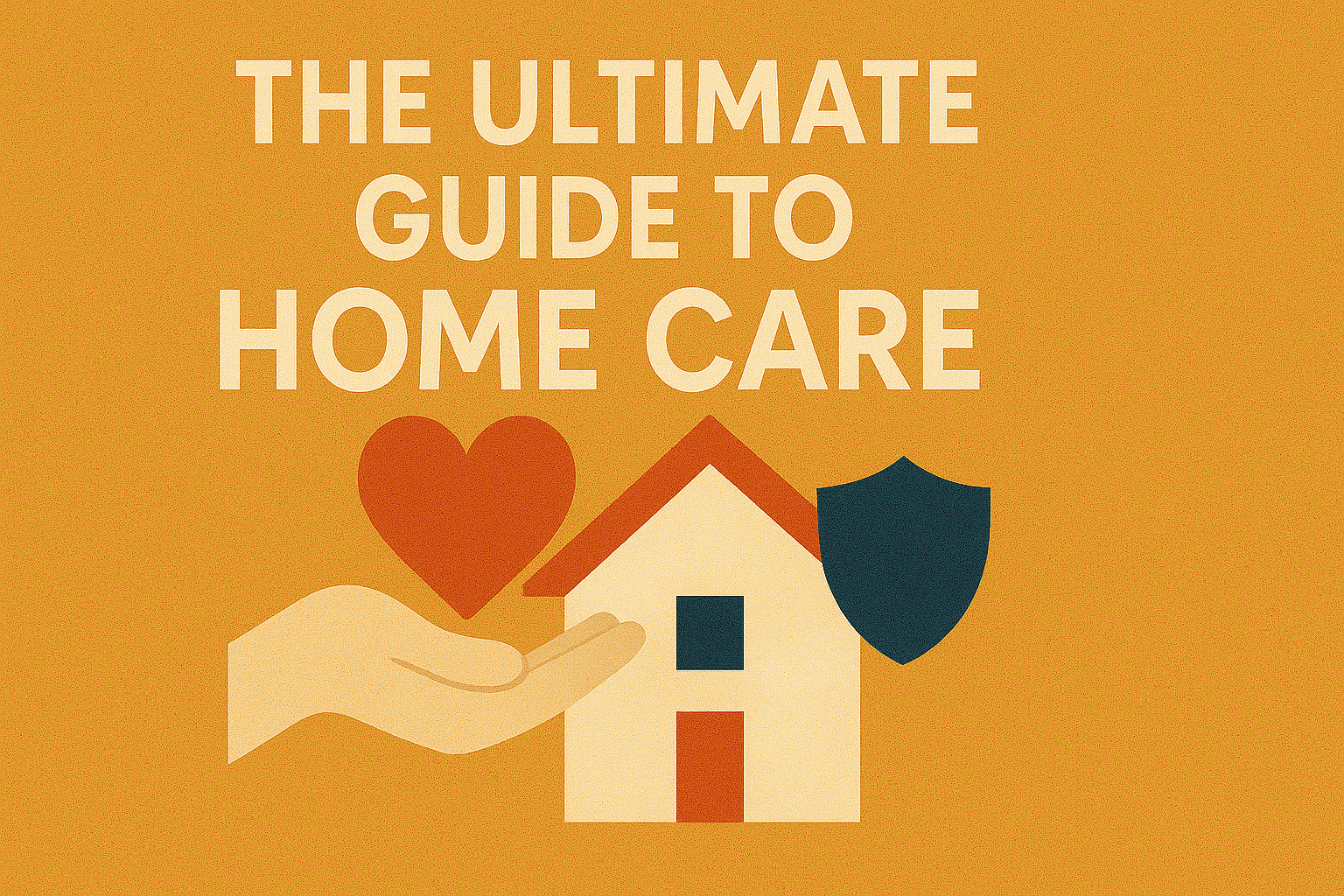“Did you know over 90% of seniors say they want to age in place—but only a fraction have a proper home care plan in place?”
Home care is one of the most practical, compassionate, and cost-efficient means of supporting loved ones, particularly aged persons and those with chronic conditions or disabilities, as the population ages and healthcare costs rise. So, what is home care, really, and how do families make the right choices?
In this guide, we unpack everything: why home care matters, how home care works, the pitfalls to watch out for, real-life success stories, and the future of this growing field.
Why Home Care Has Become More Important Than Ever
Home care is not a new concept, yet its importance has grown over time. Because more and more people prefer aging in place, families now consider in-home care a safer and more personal alternative to nursing homes.
According to AARP, nearly 80 percent of adults aged 50 and above had expressed a preference to remain in their homes instead of going to nursing facilities, for the following reasons:
- Comfort & Familiarity: Home provides emotional well-being that no hospital room can replicate.
- Cost-Effectiveness: Compared to long-term care facilities, home care can be significantly more affordable.
- Personalized Support: Care plans can be tailored to meet individual needs, ranging from daily companionship to skilled nursing.
The Key Benefits of Home Care
So why are families all over the world opting for home care? That is the more encompassing answer:
1. Independence and Dignity
Home care allows an individual to continue with daily routines: to be independent and respectful of one’s privacy, factors that are important for mental health and self-esteem.
2. Family Involvement
Family members stay part of the care process, which makes coordination much easier and more fulfilling.
3. Fewer Visits to the Hospital
With regular monitoring, home visits for managing medication and checking the well-being of the person usually lead to fewer trips to the emergency room and fewer readmissions.
4. Customized Care
A client family may select the services it requires from light housekeeping to Alzheimer’s support with Comfort Keepers, Visiting Angels, and others.
Step-by-Step Guide on How to Arrange Home Care:
Not sure where to begin? Follow these steps:
Step 1: Assess Needs
- Conduct a full health and lifestyle assessment.
- Identify physical, emotional, and medical needs.
Step 2: Choose the Right Type of Care
- Non-Medical Care: Help with bathing, cooking, errands.
- Skilled Nursing Care: Post-operative support, injections, wound care.
- Specialty Services: Dementia care, physical therapy, palliative support.
Step 3: Find a Reputable Provider
- Look for licensed agencies via Medicare.gov’s Home Health Compare.
- Ask for certifications and background checks on caregivers.
Step 4: Creating a Care Plan
- Set schedules, tasks, and goals, and establish communication channels with professionals.
Step 5: Review and Adjust
- Continually monitor quality of care.
- Obtain feedback from both the patient and family.
Real-World Case Study: Bringing Dad Home
When Thomas, an 82-year-old retired teacher with Parkinson’s, was discharged from rehab, the family was faced with the tough choice of assisted living versus home care.
The family opted for a custom home care plan put together by Bayada Home Health Care, which provided therapy, reminders for medication, and daily care. At home, Thomas was flourishing, improved his walking, and resumed gardening—the sweetest of his pastimes.
Actionable Tips and Advice for Families
- Get an Early Start: Do not wait till the last minute, and the crisis of a medical emergency pops up before you start exploring home care options.
- Communication is Key: Whoever is receiving care should be part of the process at every stage of decision-making.
- Budgeting Flash: Look into long-term care insurance, veterans’ benefits, or perhaps qualify for Medicare/Medicaid.
- Sift Through Potential Caregivers: Do ask for references, interview top contenders, and seek out care providers who would be culturally nice to your loved one.
- Use Technology: There are many apps, including Carezone, Honor, and Papa, that can help with scheduling and communication.
Common Mistakes to Avoid
- Ignoring Red Flags: If a caregiver seems unresponsive or unprofessional, act quickly.
- Forgetting Legal Documents: Ensure procuration documents and medical directives are created.
- Stress Overload: Don’t underestimate the emotional toll of caregiving. Letting professionals take over, even just for a day, can relieve some of the pressure.
- Not Having a Backup Plan: Always have a backup plan for when the primary caregiver cannot take on the duty.
What Comes Now: The Outlook for Home Care
The industry of home care is expected to grow by over 33% by the year 2030, as per the estimates from the U.S. Bureau of Labor Statistics. Developments in remote patient monitoring, AI health analytics, and platforms for care on demand will continue to redefine the delivery of care.
Additionally, there is an increased focus on integrative home care, bringing together physical, emotional, and perhaps even spiritual wellness in their plans.
Final Thoughts: Healthy Home Is Home.
Home care means more than just services: for love toward somebody, it means honoring one’s dignity, preferences, and humanity. When everybody plans well, chooses a provider thoughtfully, and keeps an open line of communication, a healing, happy, and reassuring environment is indeed possible.
Are you ready to learn more about the home care offerings?
✅ First step: schedule a needs assessment with a local agency.
✅ Discuss preferences and level of support with the family.
✅ Subscribe to our blog for weekly insights and updates on senior care, home safety, and health tech!




